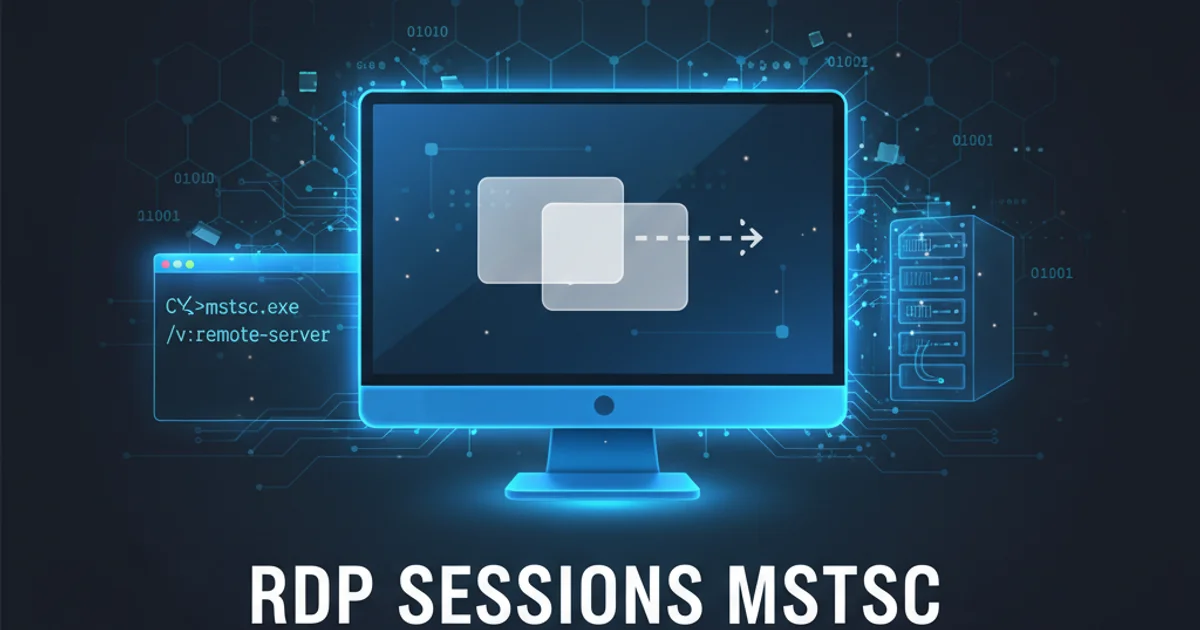How to run an Arduino project on an FPGA
Categories:
Bridging the Gap: Running Arduino Projects on FPGAs

Explore how to translate your Arduino sketches and logic to an FPGA, leveraging the power of hardware description languages for high-performance and custom digital designs.
Arduino has democratized embedded systems development, making it accessible to hobbyists and professionals alike. However, for applications requiring extreme parallelism, custom hardware acceleration, or very low-level control not achievable with microcontrollers, Field-Programmable Gate Arrays (FPGAs) offer a powerful alternative. This article guides you through the process of migrating Arduino-style projects to an FPGA, focusing on the conceptual shift and practical steps using Xilinx Spartan FPGAs and VHDL.
Understanding the Paradigm Shift: Microcontroller vs. FPGA
Before diving into implementation, it's crucial to understand the fundamental differences between microcontrollers (like those on Arduino boards) and FPGAs. A microcontroller executes instructions sequentially from a program stored in memory. It's a software-driven approach. An FPGA, on the other hand, is a reconfigurable hardware device. You don't 'program' it in the traditional sense; you 'configure' its internal logic gates and interconnections to create custom digital circuits. This allows for true parallel execution of multiple tasks simultaneously, a significant advantage for certain applications.
flowchart TD
A[Arduino Microcontroller] --> B{Sequential Execution}
B --> C[Software-driven Logic]
C --> D[Fixed Hardware Peripherals]
E[FPGA] --> F{Parallel Execution}
F --> G[Hardware-driven Logic]
G --> H[Configurable Logic Blocks]
H --> I[Custom Hardware Design]
style A fill:#F0F0F0,stroke:#333,stroke-width:2px
style E fill:#F0F0F0,stroke:#333,stroke-width:2px
style B fill:#D0E0F0,stroke:#333,stroke-width:1px
style F fill:#D0E0F0,stroke:#333,stroke-width:1px
style C fill:#E0F0D0,stroke:#333,stroke-width:1px
style G fill:#E0F0D0,stroke:#333,stroke-width:1px
style D fill:#F0D0E0,stroke:#333,stroke-width:1px
style H fill:#F0D0E0,stroke:#333,stroke-width:1px
style I fill:#F0D0E0,stroke:#333,stroke-width:1pxComparison of Microcontroller vs. FPGA Architectures
Translating Arduino Concepts to HDL
The core of an Arduino project often involves reading sensor inputs, performing some logic, and controlling actuators. In an FPGA, these actions are implemented using Hardware Description Languages (HDLs) like VHDL or Verilog. Instead of digitalRead() or analogWrite(), you'll define digital circuits that directly interact with I/O pins. Timers become custom counters, and communication protocols (like SPI or I2C) are implemented as state machines or dedicated IP cores.
Example: Blinking an LED on a Xilinx Spartan FPGA
Let's consider the classic 'blink' example. On Arduino, it's a few lines of C++. On an FPGA, you'll design a clock divider and a toggle flip-flop. This example uses VHDL, a common HDL for Xilinx FPGAs. You'll need Xilinx ISE Design Suite or Vivado for synthesis, implementation, and bitstream generation.
library IEEE;
use IEEE.STD_LOGIC_1164.ALL;
use IEEE.NUMERIC_STD.ALL;
entity blink_led is
Port (
clk : in STD_LOGIC;
led : out STD_LOGIC
);
end blink_led;
architecture Behavioral of blink_led is
signal counter : unsigned(24 downto 0) := (others => '0');
constant MAX_COUNT : integer := 25000000; -- For 0.5 second blink with 50MHz clock
begin
process(clk)
begin
if rising_edge(clk) then
if counter = MAX_COUNT - 1 then
counter <= (others => '0');
led <= not led; -- Toggle LED
else
counter <= counter + 1;
end if;
end if;
end process;
end Behavioral;
VHDL code for blinking an LED at 1Hz (assuming a 50MHz clock).
1. Define I/O in User Constraint File (UCF)
After writing your VHDL code, you need to map the clk and led signals to physical pins on your FPGA board. This is done in a User Constraint File (UCF) for Xilinx ISE or an XDC file for Vivado. For example, if your board has a 50MHz clock on pin P123 and an LED on pin P456, your UCF would look like this:
NET "clk" LOC = "P123";
NET "led" LOC = "P456";
NET "clk" TNM_NET = sys_clk_pin;
TIMESPEC TS_sys_clk_pin = PERIOD "sys_clk_pin" 20 ns HIGH 50%;
2. Synthesize and Implement
Use your FPGA vendor's toolchain (e.g., Xilinx ISE or Vivado) to synthesize your VHDL code into a netlist, then implement it by mapping the logic to the FPGA's resources (LUTs, flip-flops, etc.) and routing the connections.
3. Generate Bitstream and Program FPGA
The final step is to generate a bitstream file (.bit). This file contains the configuration data for the FPGA. Use the programming tool (e.g., Xilinx iMPACT) to load this bitstream onto your FPGA board via JTAG. Your LED should now be blinking!